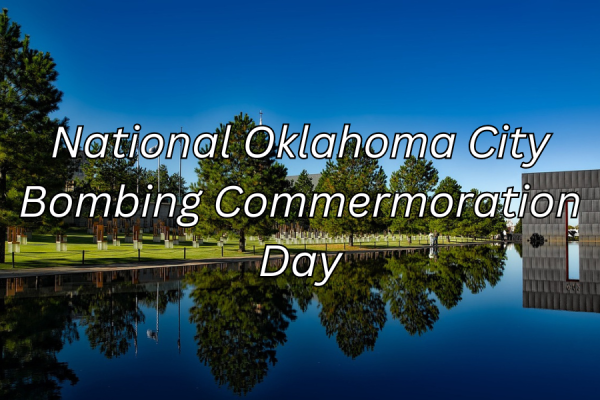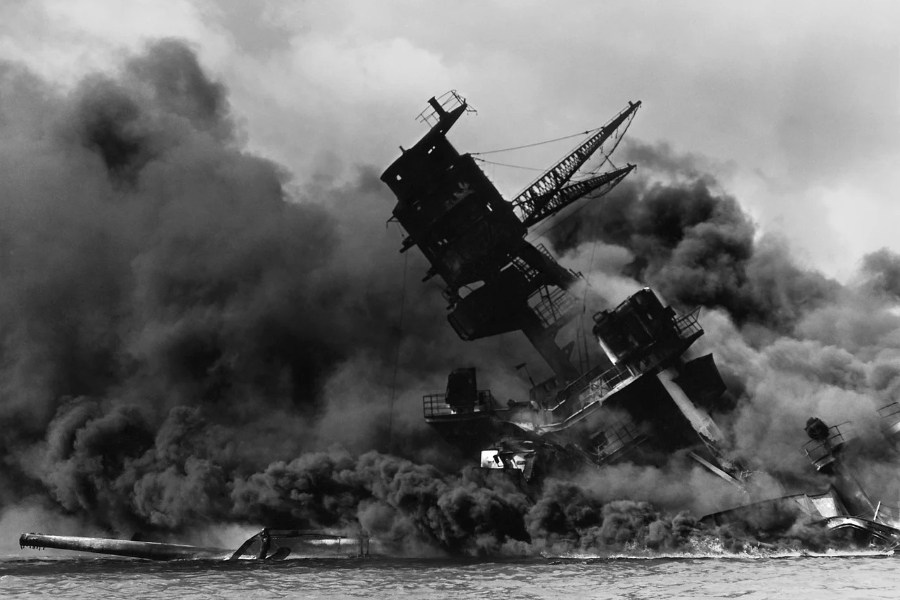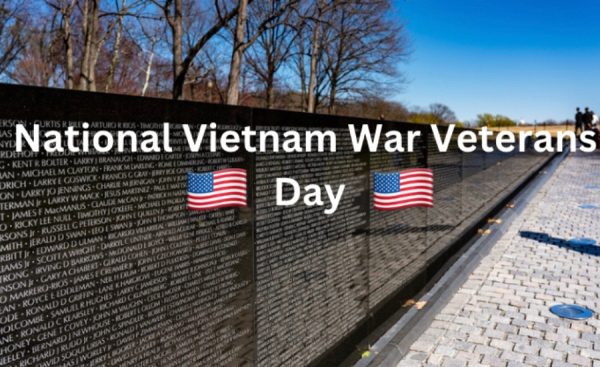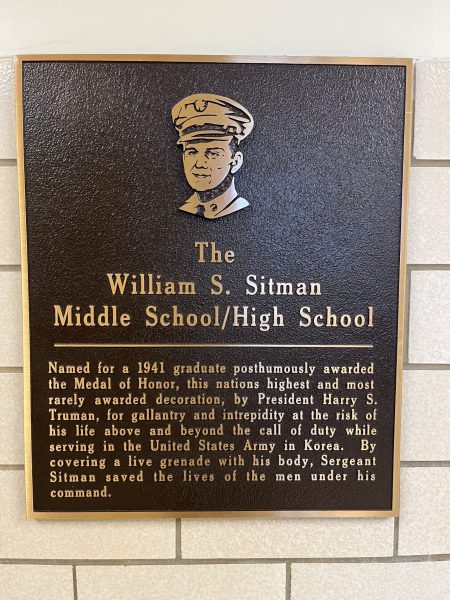Pearl Harbor Remembrance Day
The attack on Pearl Harbor spurred the U.S.’s involvement in WWII.
On December 7th, 1941, the Japanese Navy Air Service attacked the naval base at Pearl Harbor in Honolulu, Hawaii. This attack led the United States to formal entry into World War II the next day.
Today, Americans will honor the 79th anniversary of the Japanese attack on Pearl Harbor in Hawaii.
This surprise raid on the U.S Navy base near Honolulu killed more than 2,400 Americans and left another 1,100 injured.
According to the National Park Service, Congress designated December 7th is National Pearl Harbor Remembrance Day in August 1994. This year, due to the coronavirus pandemic, a small, intimate gathering of veterans will be held at Pearl Harbor Visitor Center- though it is closed to the public.
The main ceremony, as in past years, will take place at the Pearl Harbor Visitor Center, hosted by the National Park Service and the United States Navy.
Due to the coronavirus pandemic, the affair will be much smaller than in previous years and it will not be spread out across multiple events over the course of the week.
Instead, in order to “protect our Pearl Harbor Survivors and World War II Veterans,” the main ceremony will be the sole event- and it will be closed to the public. That said, it will be available to stream on the National Park Service page. The event begins at 7:50 a.m HST, with a moment of silence five minutes later.
History of Pearl Harbor
Just before 8:00 a.m on that Sunday morning, hundreds of Japanese fighter planes descended on the base, where they managed to destroy or damage nearly 20 American naval vessels, including eight battleships, and over 300 airplanes. More than 2,400 Americans died in the attack, including civilians, and another 1,000 people were wounded. The day after the assault, President Franklin D. Roosevelt asked Congress to declare war on Japan.
The attack on Pearl Harbor was a surprise, but Japan and the United States had been edging toward war for decades.
The United States was unhappy with Japan’s increasingly aggressive attitude towards China. The Japanese government believed that the only way to solve its economic and demographic problems was to expand into its neighbor’s territory and take over its import market.
After the Pearl Harbor Attack, and for time during years of discussion and debate, the American people were united in their determination to go to war.
The Japanese had wanted to urge the United States into an agreement to lift the economic sanctions against them; instead, they had pushed their adversary into global conflict that ultimately resulted in Japan’s first occupation by a foreign power.
On December 8th, Congress approved Roosevelt’s declaration of war on Japan. Three days later, Japan’s allies Germany and Italy declared war against the United States
For the second time, Congress reciprocated, declaring war on European powers. More than two years after the start of World War II, the United States had entered the conflict.
‘A Date Which Will Live in Infamy’
President Franklin D. Roosevelt addressed a joint session of the U.S. Congress on December 8, the day after the crushing attack on Pearl Harbor.
“Yesterday, December 7, 1941- a date which will live in infamy- the United States of America was suddenly and deliberately attacked by naval and air forces of the Empire of Japan.”
He went on to say, “No matter how long it may take us to overcome this premeditated invasion, the American people in their righteous might will win through to absolute victory. I believe I interpret the will of the Congress and of the people when I assert that we will not only defend ourselves to the uttermost, but will make very certain that this form of treachery shall never endanger us again.”
Impact of the Pearl Harbor Attack
In all, the Japanese attack on Pearl Harbor crippled or destroyed nearly 20 American ships and more than 300 airplanes. Dry docks and airfields were likewise destroyed. Most important, 2,403 sailors, soldiers and civilians were killed but about 1,000 were wounded.
But the Japanese had failed to cripple the Pacific Fleet. By the 1940s, battleships were no longer the most important naval vessel: Aircraft carriers were, and as it happened, all of the Pacific Fleet’s carriers were away from the base on December 7.
Moreover, the Pearl Harbor assault had left the base’s most vital onshore facilities- oil storage depots, repair shops, shipyards, and submarine docks-intact. As a result, the U.S. Navy was able to rebound relatively quickly from the attack.













